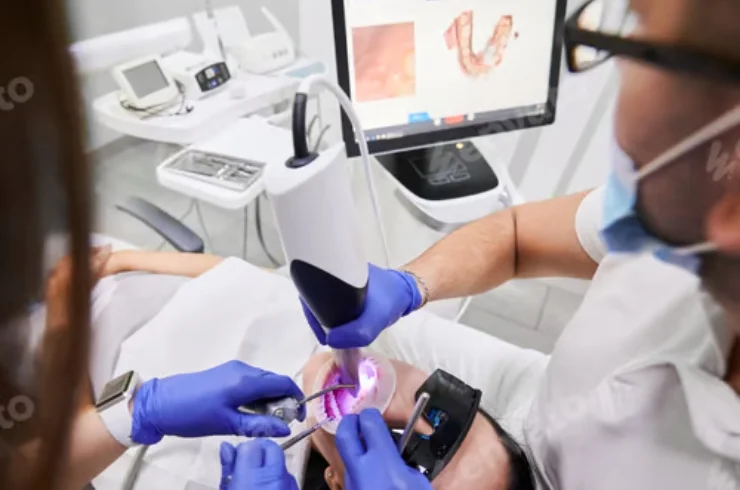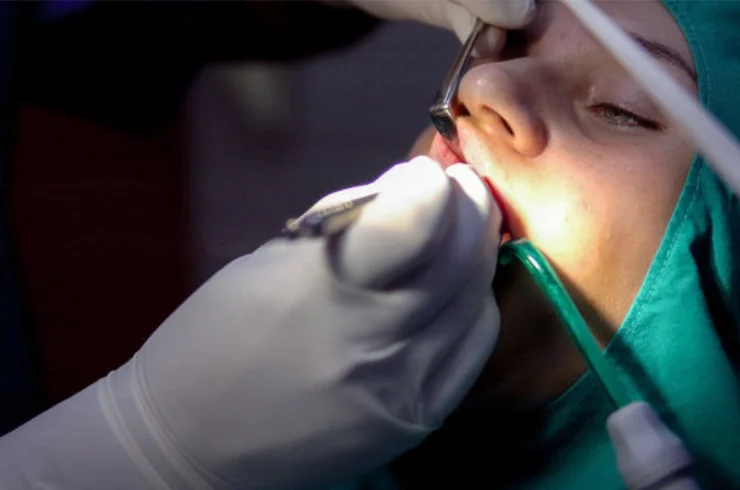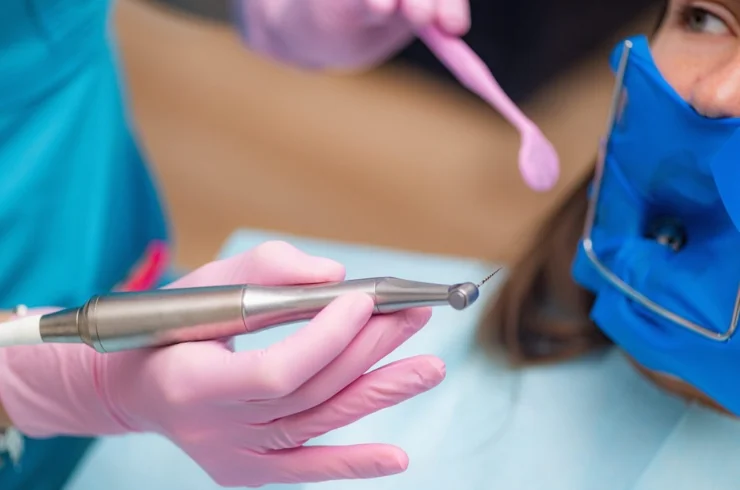
- Hyderabad, India
- +91-9121142043
- dr.meher83@gmail.com
- Book An Appointment


Microscopic root canal treatment is an advanced endodontic procedure that utilizes high-powered microscopes to enhance visibility and precision during root canal therapy. At THC Dental Centre, we are committed to providing the highest standard of care, and our use of microscopic techniques helps ensure the best possible outcomes for our patients.
This treatment involves the use of a dental microscope that magnifies the tooth structure and surrounding areas, enabling dentists to see finer details that are otherwise difficult to detect with the naked eye. This enhanced visibility allows for more accurate diagnosis and treatment of complex root canal cases.
The procedure generally follows these steps:
This advanced treatment is suitable for patients with complex root canal anatomy, those who have had previous unsuccessful root canal treatment, or anyone experiencing significant tooth pain or infection. The precision of microscopic techniques can provide a better prognosis for even the most challenging cases.
If you are facing a root canal procedure and are interested in learning more about microscopic root canal treatment, please contact THC Dental Centre. Our experienced team will explain the process in detail and determine the best approach for your dental needs.

An apicoectomy, also known as surgical root canal treatment, is a specialized dental procedure performed to treat persistent infection or inflammation at the tip of a tooth’s root, especially after conventional root canal therapy has failed or when a tooth’s root anatomy is complex. At THC Dental Centre, we utilize advanced techniques to ensure that our patients receive the highest level of care during this procedure.
An apicoectomy involves the surgical removal of the apex (tip) of the tooth root along with any infected tissue surrounding it. It aims to eliminate infection, promote healing, and save the tooth when conventional root canal treatment is insufficient.
An apicoectomy is typically recommended in the following situations:
The surgical procedure generally involves the following steps:
Recovery time varies by individual but typically includes some swelling and discomfort following the procedure. Your dentist will provide post-operative care instructions, which may include:
If you believe you may require an apicoectomy or have questions about the procedure, please contact THC Dental Centre. Our skilled team is here to provide the information and support you need throughout your dental journey.

Retreatment of a failed root canal therapy is a complex procedure done to address persistent infections or complications that arise even after an initial root canal treatment. At THC Dental Centre, we aim to provide effective solutions for preserving your natural teeth through skilled and compassionate care.
Retreatment refers to the process of redoing a previous root canal procedure that did not achieve the desired outcome. This may be necessary due to various reasons, such as leaving infected tissue behind, not adequately cleaning the canals, or having additional canals that were not located during the initial treatment.
There are several indications that may prompt your dentist to recommend retreatment, including:
The retreatment process generally follows these steps:
The recovery process for retreatment is similar to that of a standard root canal procedure, but it may involve slightly more discomfort due to the previous procedure. Post-operative care may include:
If you are experiencing issues with a previously treated tooth or suspect a failed root canal, please contact THC Dental Centre. Our dedicated team will work with you to address your concerns and determine the best course of action for your dental health.